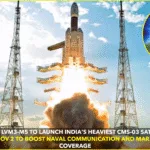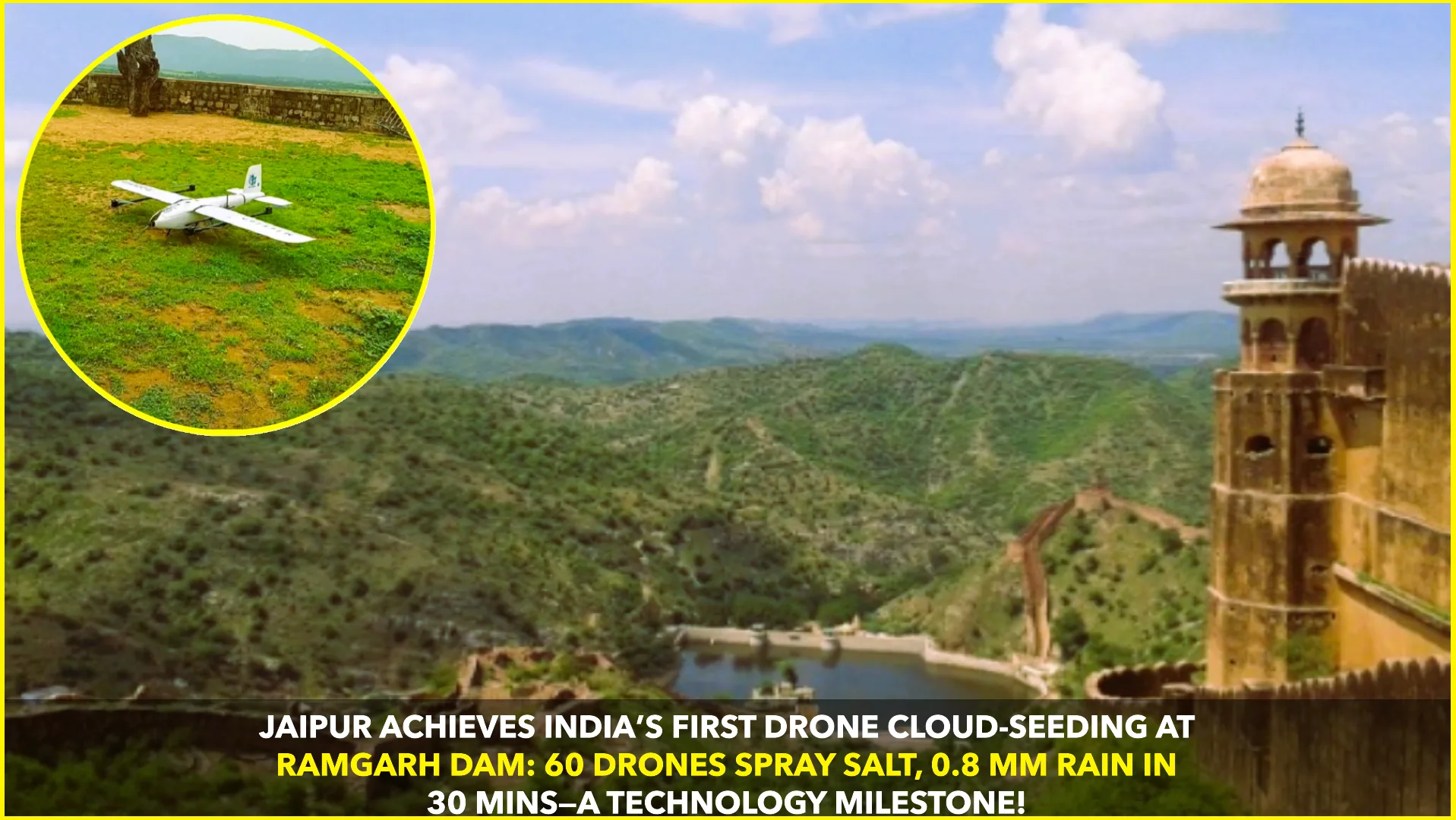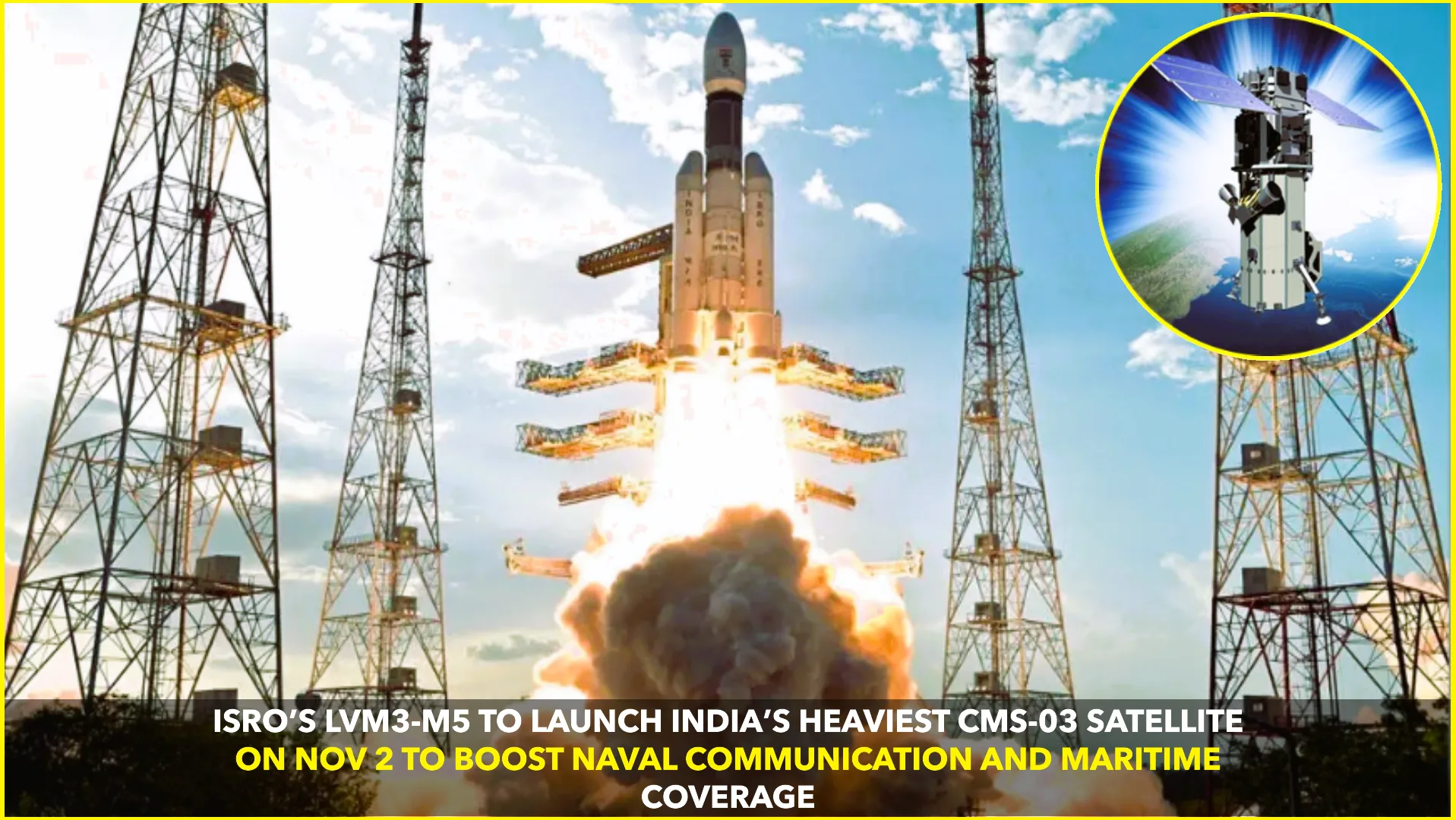Jaipur marks a scientific milestone by executing India’s first drone-based cloud seeding trial at Ramgarh Dam. In an unprecedented move, around 60 drones sprayed fine sodium chloride particles into targeted clouds, leading to a light but measurable rainfall of about 0.8 mm over a 30-minute spanwww.ndtv.comFacebookUni India.
The operation, part of a collaborative pilot project between the Rajasthan Agriculture Department and US-Bengaluru technology firm GenX AI (involving American personnel via the company “Accel1”), aimed to revive the long-dry Ramgarh Dam and tackle chronic water shortages in the region. This initiative marks the first time in India that unmanned aerial vehicles have been used for cloud seeding instead of aircraftwww.ndtv.com+1The New Indian Express.
The demonstration encountered challenges: prior to success, earlier attempts failed due to GPS disruptions caused by mobile network congestion among onlookers, and altitude limits imposed by regulators. A DGCA restriction allowed flights only up to 400 feet initially, and regulatory permission was required to reach higher altitudes for better cloud targeting.
On the successful attempt, drones ascended to approximately 2,600 m (around 8,500 ft) and released sodium chloride—commonly known as table salt—to seed clouds. Over thirty minutes, light rainfall measured at 0.8 mm was recorded, confirming cloud condensation and droplet formationUni Indiawww.ndtv.comFacebook.
Officials emphasize that while the precipitation was modest, the significance of this first successful drone-based experiment lies in its precision targeting and scalable potential. If further trials perform well, the technology could help replenish the Ramgarh reservoir, bolster groundwater, support crop irrigation, and restore local ecosystems, bringing tangible benefits to drought-prone Rajasthan.
This landmark achievement showcases India’s growing prowess in using drones, AI, and climate engineering to address water stress. Agriculture Minister Kirori Lal Meena highlighted that the pilot aims at both immediate rainfall and long-term regional resilience, with plans to extend the model to other drought-hit areas if successfulwww.ndtv.comThe New Indian Express.










